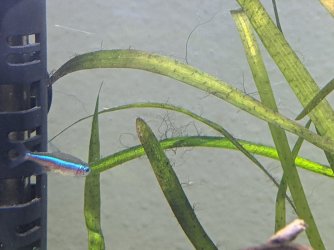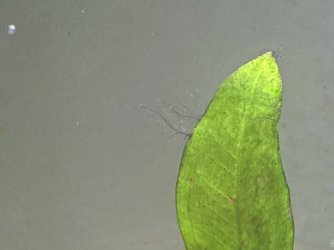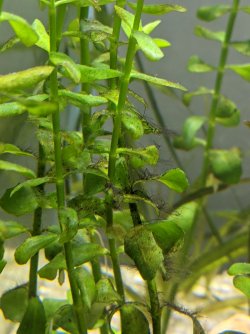OK, a couple of issues here. First, on the last point...for the soft water species (tetras, gouramis) the lower the GH and pH the better. My water is zero GH/KH and I do nothing to raise either [I experimented with the pH once, more on this momentarily] but I keep only soft and very soft water species. The endlers will struggle and like all livebearers must have harder water than this; moderate hardness (range is basically 10 to 35 dGH, with a basic (above 7) pH. Shrimp (unless one of the soft water species) also need the calcium. Snails, depends which; my pond snails (to my surprise actually) seem to manage. I would separate the endlers to their own tank (which can be fairly small, so not too onerous) and provide suitable conditions; a calcareous substrate is one easy way, or you can buy mineral salts such as those for rift lake cichlids; not sodium chloride (common salt), but the mineral salts like calcium and magnesium.
On the other issue...as mentioned above, you do not (and I would not) increase GH or pH for the soft water species. The crushed coral is likely raising the GH, but not the pH. I was a bit off previously...when I was buffering the pH in two of my tanks in the 1990's I used dolomite, which is calcium and magnesium, and just two or three tablespoons in a nylon mesh bag in the canister filter of a 90g and 115g tank kept the pH around 6.6 (natural pH of our water then was below 5). But so far as I know, the GH remained zero.
Crushed coral is not a good buffering for pH, but it would improve things for the endlers by increasing the calcium (hence increased GH).





